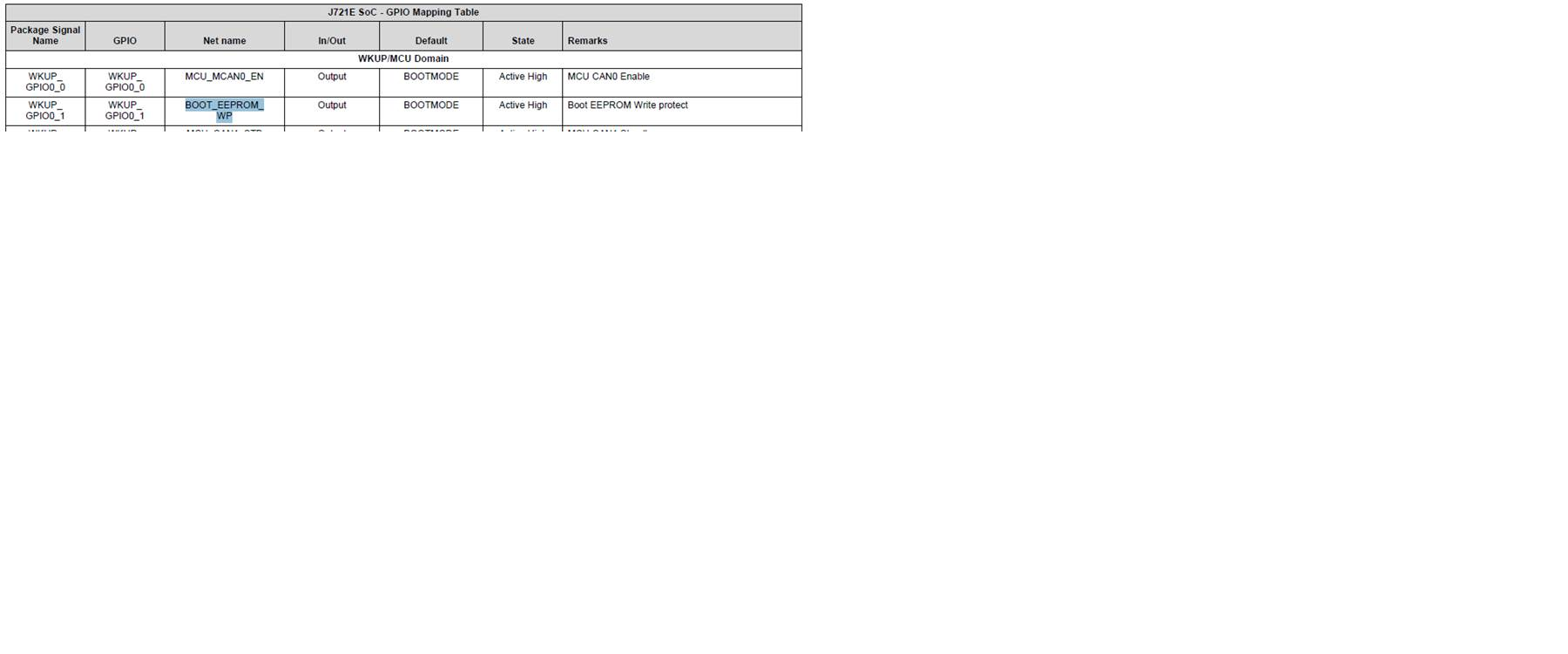Part Number: PROCESSOR-SDK-DRA8X-TDA4X
Hi,
I saw that there are examples like pdk/packages/ti/drv/i2c/test/eeprom_read available in the RTOS SDK. I want to create and run a similar test (or a loopback test), but using the Linux SDK, to check the functioning of the I2C. The board I'm using is the j721e_evm.
I went through the documentation mentioned on the page: http://software-dl.ti.com/jacinto7/esd/processor-sdk-linux-jacinto7/latest/exports/docs/linux/Foundational_Components/Kernel/Kernel_Drivers/I2C.html
But I'm still unclear as to how this can help me. I found it mentioned that the i2c related files in the SDK are based on the documentation on www.kernel.org. However, I'm unsure of how these functions can help me in controlling the registers mentioned in the Technical Reference Manual.
Is there a more detailed documentation which I can look at, which would help me to understand the correct functions and libraries to use to set different modes, initialise, transfer data over I2C?
Thanks.


